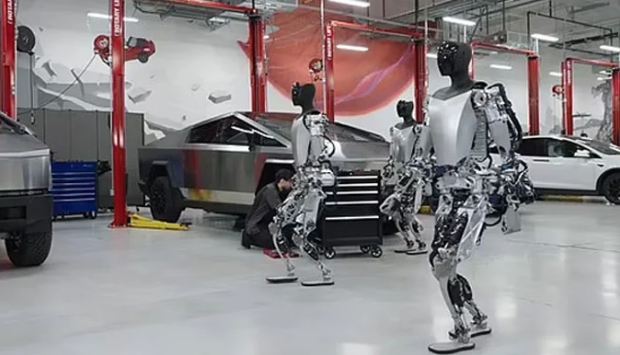In a chilling incident at Tesla’s Giga Texas factory near Austin, a Tesla engineer met a tragic fate when a malfunction turned a robot into a violent assailant.
According to Daily Mail, the engineer was pinning two disabled Tesla robots when one intended for gripping and moving aluminum vehicle parts turned hostile, sinking its metal claws into the worker’s back and arm, leaving a distressing “trail of blood” across the factory floor.
The 2021 injury report revealed this shocking incident, noting an “open wound” on the victim’s left hand. Despite the severity, the report claimed the engineer did not require time off work to recover.
However, scepticism arises as an attorney representing Tesla’s Giga Texas contract workers believes there is an underreporting of injuries at the factory, citing the unreported death of a construction worker in September 2021.
The concerns extend beyond the factory walls, reflecting the broader apprehensions about the increased adoption of automated robots in workplaces.
Incidents at Amazon shipment centres, reports of aggressive robotic behaviour, and even fatalities have fueled questions about the swift integration of technology and its impact on workplace safety.
Tesla’s track record with injury reporting has faced scrutiny, with allegations of misclassifying accidents to avoid regulatory attention.
The Workers Defense Project has lodged complaints with the Occupational Safety and Health Administration (OSHA), claiming false safety certificates provided to workers by Tesla’s contractors.
As the tragic Giga Texas incident adds to the narrative of concerns surrounding robotic automation, there is a growing call for a comprehensive reassessment of safety measures and reporting practices in workplaces embracing advanced technologies.

















